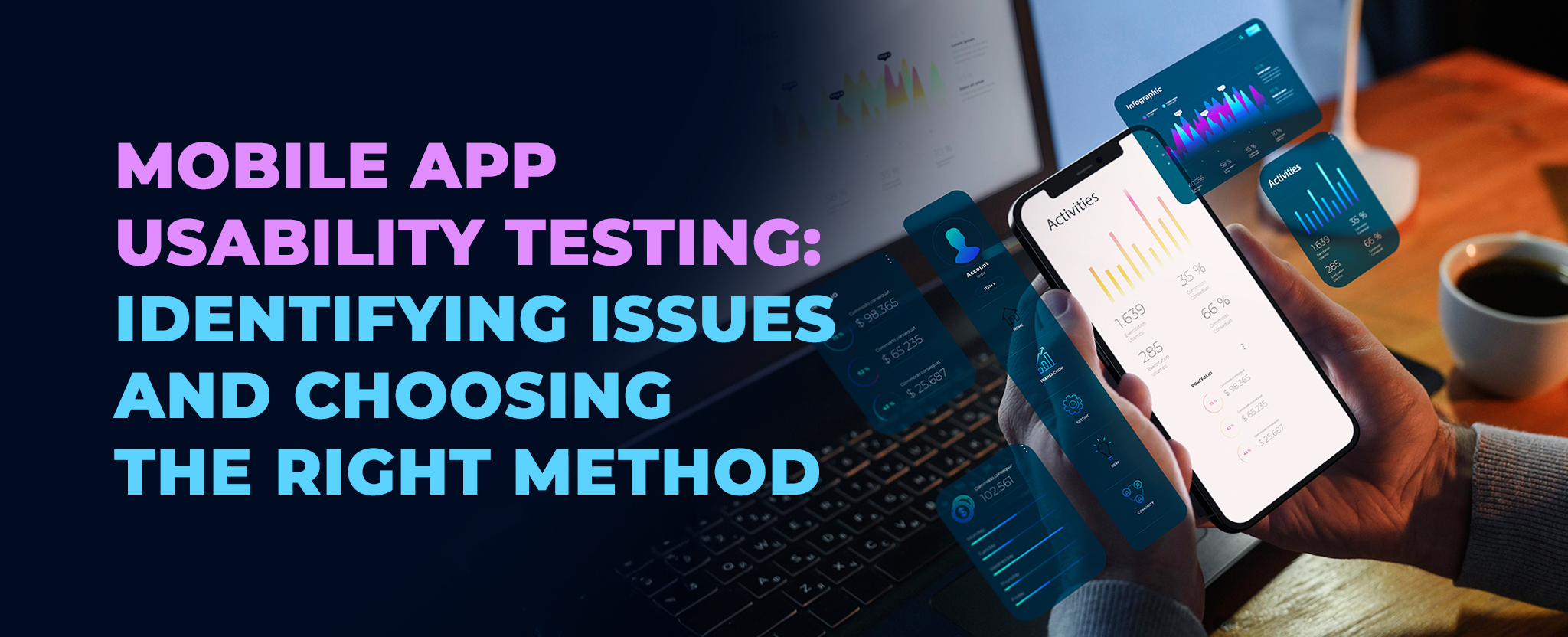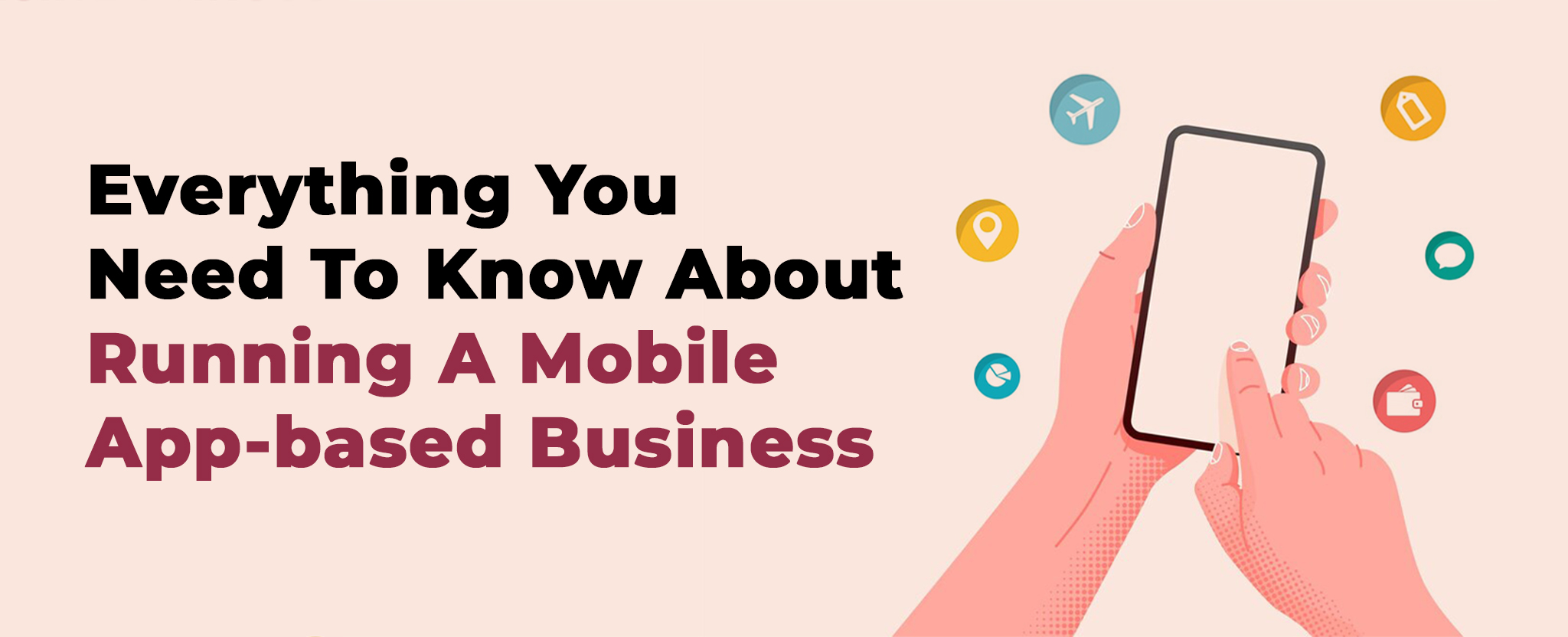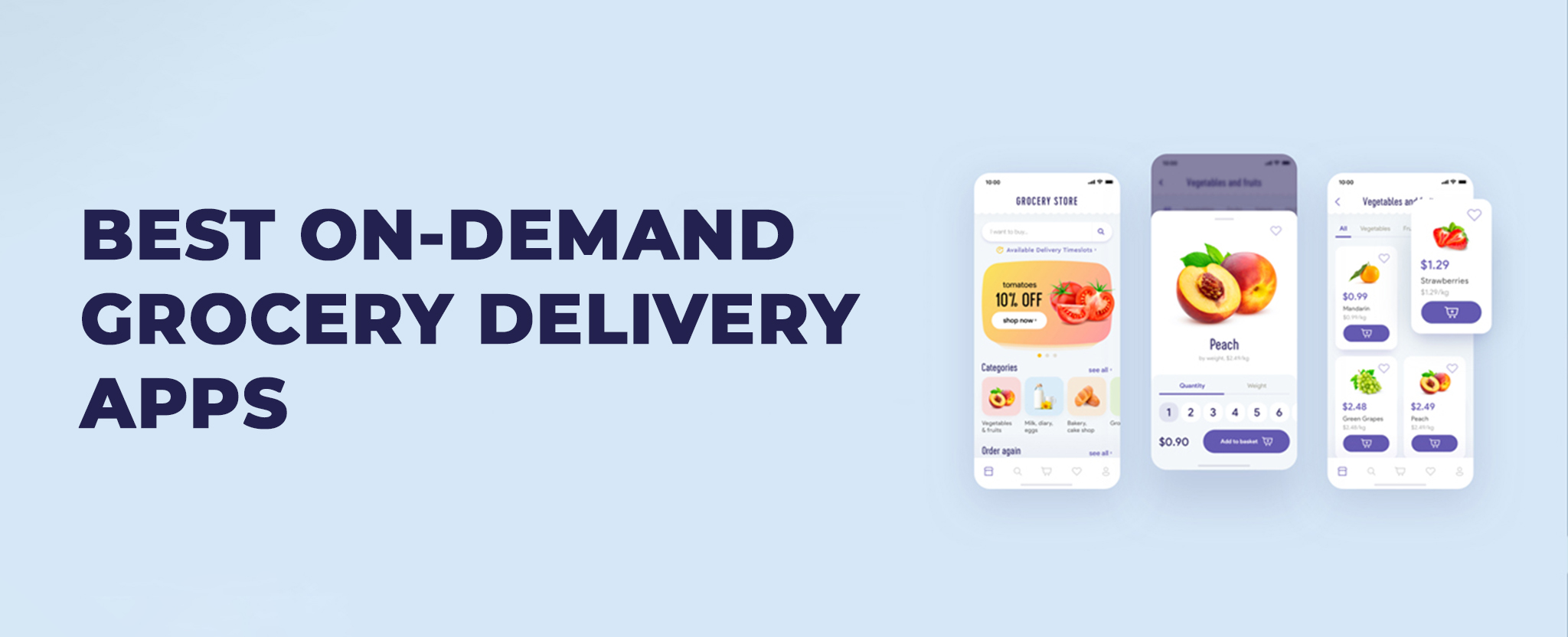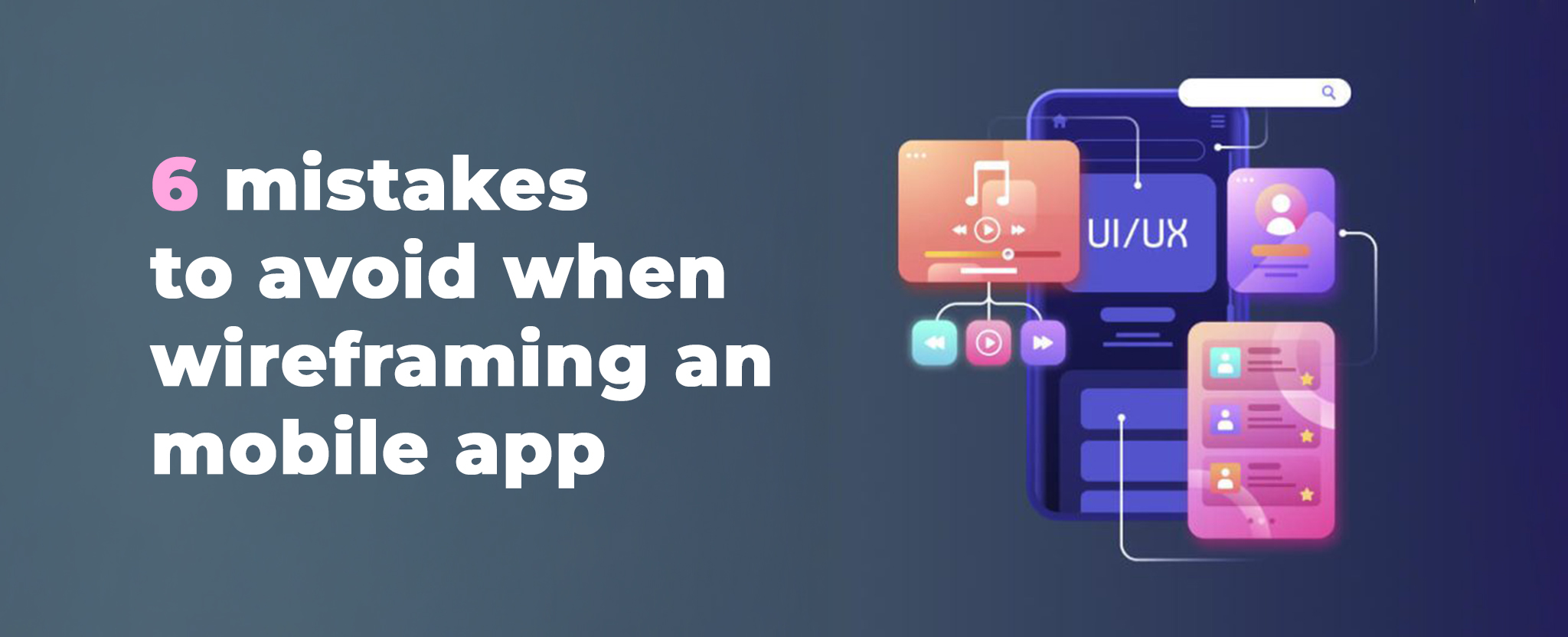Everything You Need to Know About Mobile App Monetization
21 Oct 21 


How can one grow a business in this age without going mobile- has this question ever bothered you?
Mobile has become our go-to resource for anything and everything. A report states that an average user spends 3 hours and 40 minutes on their mobile per day. That’s about one-fourth of our waking time!
If we think about our smartphone usage, we can see that much of the time is spent using mobile applications. Mobile apps can have several goals- to attract customers, provide a service, to yield entertainment- whatever it may be- with mobile app monetization, it is possible to make an app more than just a tool. It can be an additional source of income.
Does that sound interesting? Well, we are going to talk about that more in this blog. But before we delve into it, take a look at some more numbers.
As per the report we mentioned earlier, some more interesting mobile app usage statistics are:
- A record app download of 204 billion was witnessed in 2019 worldwide. That is a whopping 45% increase since 2016!
- Worldwide app store consumer spending in 2019 was $120 billion!
- Mobile-first companies witnessed an 825% higher average IPO valuation, indicating that mobile is essential for the success of businesses in the future.
What is Mobile App Monetization
Mobile app monetization refers to the process of implementing strategies to generate revenue from a mobile application. Essentially, monetizing an app is about converting users into revenue. Sounds fairly simple, doesn’t it? Well, it is quite effective, too!
There are several strategies to execute this. These strategies are very category-dependent. Some categories of mobile apps find more success when implementing certain monetization strategies than others. For example, the strategy that would work out for a gaming app might not work out for an ecommerce app. So, the decision to choose which strategy one should implement in their mobile app is one that needs much research.
Why Should You Monetize Your Mobile App
One of the most straightforward ways to make money with mobile apps is by making them paid apps, that is, apps that users need to buy from the app store by giving money. However, if you take a look at all the apps in the App Store and Play Store, you can see that the majority of them are free apps. That is because only a small fraction of people will be willing to pay to download apps.
But even so, 98% of mobile app revenue is coming from free apps. Wondering how? Through mobile app monetization strategies, of course! So, monetization is important because the app developer needs to generate revenue from the app while keeping the app downloadable for free. Therefore, it is an inevitable strategy to create ROI from mobile apps!
How to Choose the Monetization Model for Your Mobile App
There are different monetization models, that choosing one that’s right for your app would need some research. Ideally, you should be clear on which monetization strategy you want to implement in your app right from the beginning of the app idea conception. It will be dependent on the type of the app, the business objectives of the app, the audience, etc.
Three things that can help you choose the right model for your app are:
- Identify the app category: Define the purpose of the app and the problem it is trying to solve. Once you have an idea about this, you will see that certain monetization strategies are a better fit for your needs. For example, for content-heavy apps, subscription models are better, whereas, for shopping apps, in-app ads might be the best strategy.
- Conduct competitor research: Competitor research is key in mobile app development. You can identify competitors in your same vertical and see what monetization strategies they are implementing. Do some research on how it is working- check if the audience is satisfied, could a better strategy yield more results- brainstorm and decide!
- Know your target users: While building an app, you need to conduct in-depth user research. Your monetization strategy should be one that will be relevant to your target audience. Choose a model that will provide the users some value and not hamper their user experience of interacting with the mobile app.
Different Mobile App Monetization Strategies
Whatever a scenario may be, choosing a strategy is a process that requires much brainstorming. In the case of mobile app monetization, there are several opportunities for implementing them. The decision you make should consider several parameters like your business type, revenue goals, and above all, your user experience.
Let’s see some of the best monetization strategies.
1. Premium/Paid Downloads
Premium apps are those for which users need to pay an upfront fee for downloading. It is a pretty straightforward monetization strategy with everything explicitly visible to the user before the app download. The advantage of premium apps is that users will be more loyal and engage better with the app because they have paid for it. Also, the UI will be ad-free and hence less cluttered.
However, there are certain drawbacks to premium apps. Most of it relates to the fact it needs payment to be used. When there are plenty of free apps available, an app must provide exceptional value to convince users to pay for it. The fraction of paid apps available, as well as the number of downloads of such apps show that the majority of people don’t prefer to go premium.
2. Freemium/In-app purchases
Freemium apps are free to download but use in-app purchases to generate revenue. It is a very popular mobile app monetization model and is being used by almost 94% of apps. Since free apps have a higher download rate than paid apps, making your app freemium can help to increase your user base.
Freemium apps provide users with a limited set of features with free download. And for accessing additional features, the users will have to continue with payment. So while creating apps with a freemium strategy, developers should carefully decide which features to provide for free. The app should provide value to users in the free version itself and encourage them to purchase additional features to have a better experience.
3. Subscriptions
The subscription model is somewhat similar to the freemium model in the way it requires users to pay money to receive additional features or content. However, the main difference is that the subscription model is more of a long-term revenue generation strategy- it is recurrent.
Apps that implement a subscription model give users different subscription packages with varying pricing levels and corresponding feature sets. Users can easily be convinced to subscribe to lower-tier packages and then upgrade to higher packages eventually. It is proven to be a successful model in general, but it is not suitable for every type of app. These are best for news sites, entertainment platforms, etc.
4. Advertisements
Studies show that it is the most commonly used monetization strategy of mobile apps. Such mobile apps are completely free to download and use, but they come at the costs of intermittent advertisements. The ads may clutter up the app space or hamper user experience; however, it is a commonly accepted trade-off by people. Since they are getting to enjoy the content for free, most people put up with ads.
Some applications provide free apps with ads and allow an update to an ad-free version with additional payment. Here, a point to be noticed is that relevant advertisements must be shown to the app users. Otherwise, they may find it frustrating. To show relevant ads, developers can take the help of data analytics and user behavior analysis, but even so, it is a challenging task.
5. Sponsorships
We just saw that a major drawback of advertisements is that it is difficult to ensure the relevancy of ads to your users. Enter sponsorship. It is like an upgrade of regular advertisements. What happens here is that you can partner with certain advertisers and show specific ads only. So, it will improve the user experience of the app and eliminate user frustration when it comes to advertisements.
Sponsorship can also work like rewarding users when they complete certain actions within the app. It is a beneficial scheme for app developers and sponsors as they both will be able to widen their audience reach.
So, these are the different types of app monetization strategies that are widely used. You may already be familiar with these and must have come across them in your daily life. For example, the popular music streaming app Spotify employs a freemium monetization model, and the trending social media Instagram uses an in-app advertising model. Different mobile app services use different strategies that work best for them.
Wondering what are the statistics related to these different monetization models?
- A subscription model is being used by 56% of mobile apps
- Freemium model is right behind with a 54% share
- 47% of apps use advertisements as their monetization strategy
Monetization is indeed challenging because if not done right, it could negatively impact the overall app experience.
How to Monetize Your Mobile App with Advertisements
Of the many app monetization strategies we saw now, the most viable one for the majority of businesses is advertisements. It’s a commonly used approach to give users apps for free while finding a source to generate revenue from them. Generally, when the apps are relevant to users’ interests and do not slow down their journey, they do not mind advertisements.
While talking about ads, we need to talk about the different types of ad revenue. There are mainly three types- cost per thousand impressions(CPM), cost per click (CPC), and cost per action (CPA). Each of these types has different rewards and vary in profitability. So, it’s important to understand the three types and decide the type of ad revenue you want to implement.
So, now let’s take a look at different ad formats you can implement in your mobile application.
1. Banner ads
Banner ads are one of the highest revenue-generating formats, but not everyone is a fan of them. It is a simple ad format where ads are shown across a banner within your app screen. Yes, it takes up much of the screen space and can be quite intrusive at times, but it has been effective in terms of helping businesses generate revenue. These can either be static or moving. Banner ads have a low CPM rate.
2. Interstitial ads
The full-screen advertisements you see between or at the end of user flows are interstitial ads. Since they take up the entire screen space, they demand user attention. Users are usually required to take any action regarding interstitial ads- either close the ad or click-through to know more. The fact that it needs full-screen space requires it to be strategically located so as to not ruin user flows, for example, at the end of a game level, after a conversion is completed, etc.
3. Native ads
Said to be the most efficient ad format, native ads are designed to be integrated into the look and feel of your app. Some say they are chameleons and fit into the app user interface without hampering the user experience. Since they are less disruptive, they receive more views than traditional ads. They blend in naturally, are user-friendly, and increase purchase intent.
4. Video ads
As people are consuming more and more video content, video ads are increasing in popularity. It can be highly engaging, can deliver messages effectively in a small time interval, and can encourage users to take action. They can be shown like interstitial ads; however, care must be taken about their duration as longer video ads can make the users feel irritated.
5. Rewarded video ads
These are video ads but with a reward. Upon finishing watching a video ad, users get some rewards or incentives from the app. Since they give users the choice of whether to watch a video or not, they are received as a good ad format by most people. By conveying the value effectively to users, it is easy to get them to watch these ads. But you should not overwhelm users with frequent or long videos.
So, these are the five ways in which you can implement advertisements in your mobile app for monetizing it. There are several benefits to this approach, such as:
- It helps to keep the mobile application completely free
- Ads generate interest and are mostly rewarding
- Setting up ads in mobile apps are comparatively easy and needs less effort
- They suit almost all mobile app solutions
Future of Mobile App Monetization
The future of mobile app monetization depends on the future mobile users. Studies show that Millennials and Gen Z have the most spending power in their hands and hence will hugely influence the app monetization strategies in the coming years. Gen Z is said to have 60% more sessions per user than the other age groups, as per 2019 reports. It means the monetization strategies need to be shaped to their needs and be able to create a drive in them.
Hybrid app monetization is expected to see tremendous growth. Implementing multiple app monetization strategies within your mobile app to improve the chances of getting click-throughs, increasing revenue, and keeping the user experience smooth does seem like a winning strategy. However, it is a choice mobile app developers need to make after considering factors like mobile app development platforms, user experience, revenue expectations, and the like.
- Android Development3
- Artificial Intelligence24
- Classified App1
- Custom App Development2
- Digital Transformation10
- Doctor Appointment Booking App11
- Dropshipping1
- Ecommerce Apps38
- Education Apps2
- Fintech-Apps34
- Fitness App2
- Flutter3
- Flutter Apps19
- Food Delivery App5
- Grocery App Development1
- Grocery Apps3
- Health Care6
- IoT2
- Loyalty Programs8
- Microsoft1
- Mobile App Maintenance1
- Mobile Apps119
- Product Engineering3
- Progressive Web Apps1
- Saas Application2
- Shopify6
- Software Development1
- Taxi Booking Apps7
- Truck Booking App5
- UI UX Design8
- Uncategorized4
- Web App Development1


















[…] it comes to mobile app monetization, the platform you upload your application has extreme value. The more popular the platform, the […]